Tiergarten
Berlin
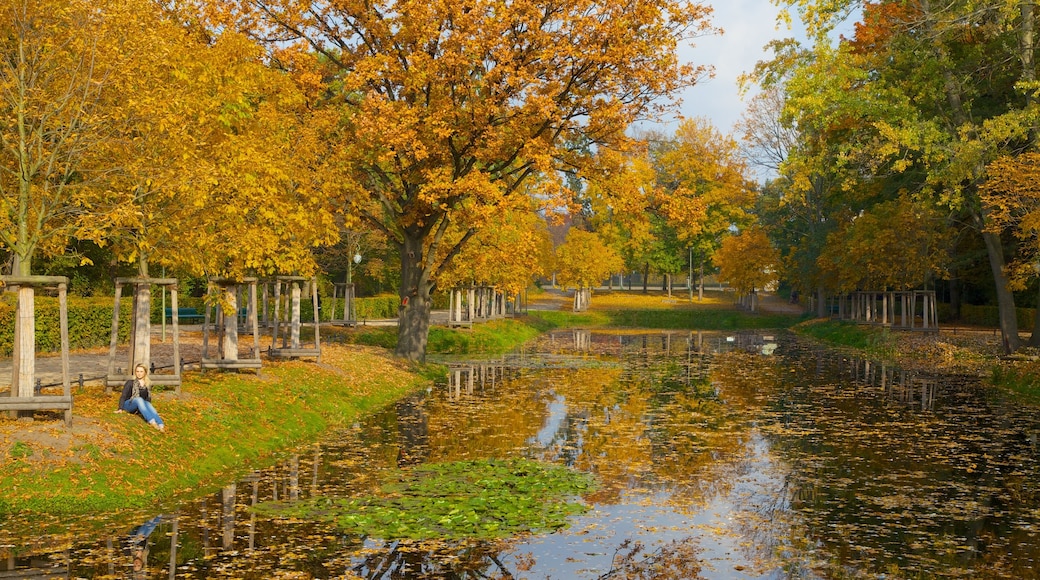
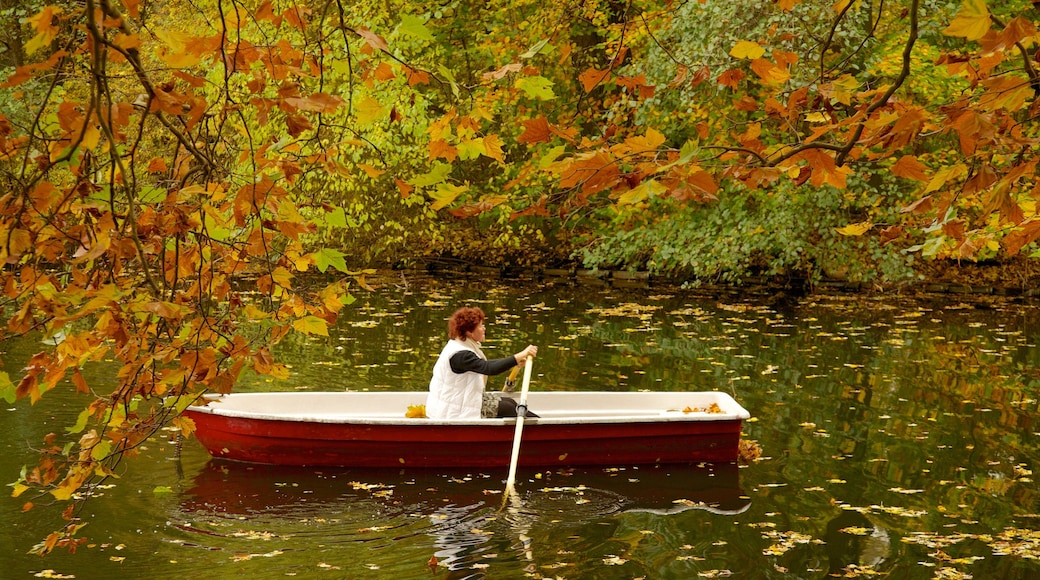
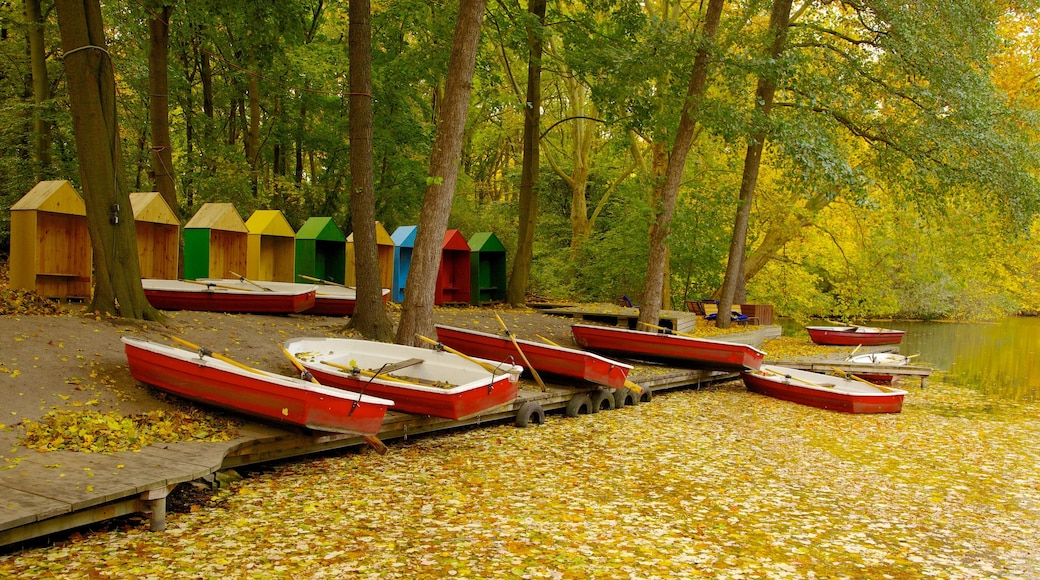


Tempat popular untuk dilawati
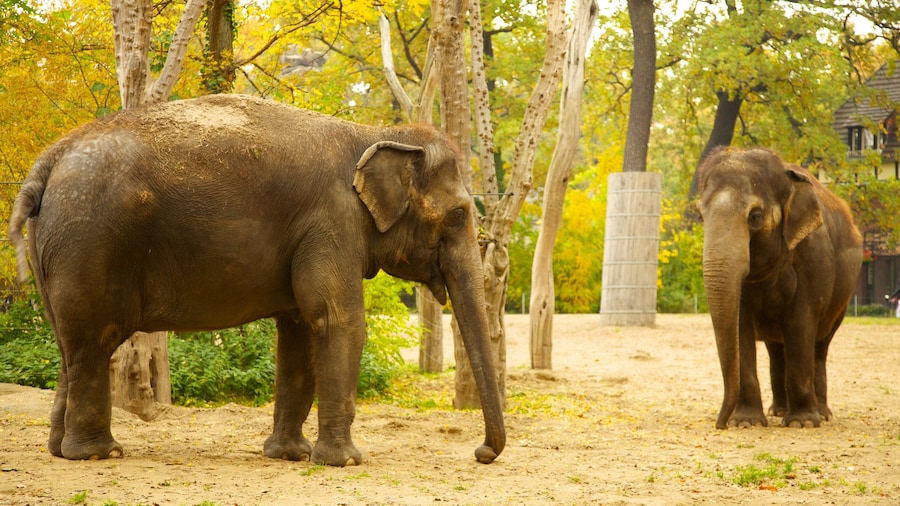
Zoo Berlin
Apa kata anda lawati haiwan tempatan dan eksotik di Zoo Berlin dan ketahui mengapa ia tarikan kegemaran di Berlin? Alami muzium yang mengagumkan dan latar seni yang dikagumi di kawasan meriah ini.
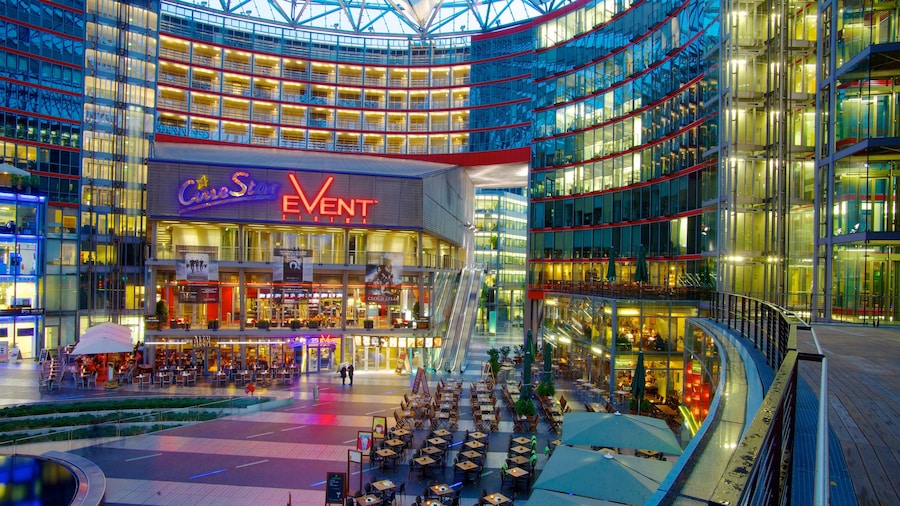
Potsdamer Platz
Anda boleh pelajari lebih banyak tentang sejarah tempatan Berlin apabila anda singgah ke tapak terkenal seperti Potsdamer Platz. Lawati kedai-kedai dan monumen yang penting di kawasan meriah ini.
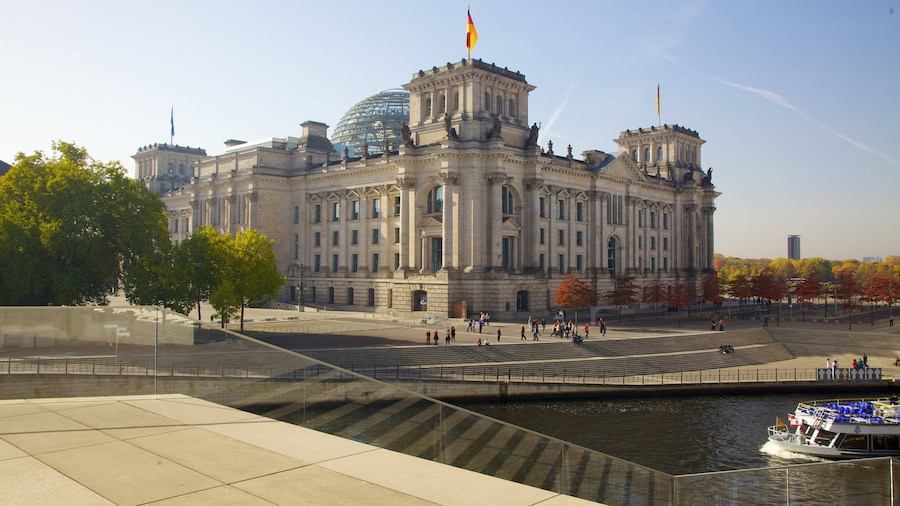
Bangunan Reichstag
Bangunan Reichstag merupakan salah sebuah tempat untuk dilawati di Berlin, jadi apa kata tambah rancangan anda untuk meneroka lebih banyak ketika kunjungan anda? Lawati kedai-kedai dan monumen yang penting di kawasan meriah ini.
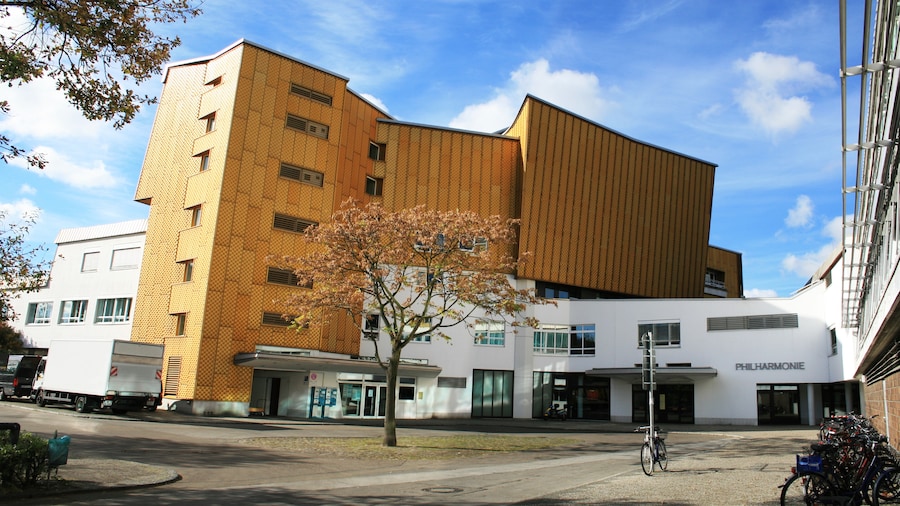
Berliner Philharmonie
Saksikan pertunjukan di Berliner Philharmonie, teater dengan kisah menarik di Berlin. Temui latar seni yang dikagumi dan monumen yang penting di kawasan meriah ini.
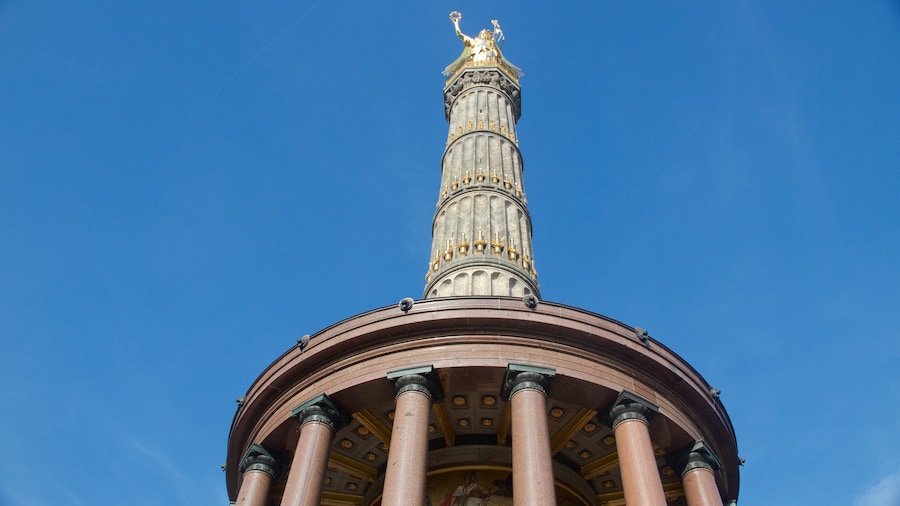
Victory Column (Tiang)
Anda boleh pelajari tentang sejarah Berlin dengan kunjungan ke Victory Column (Tiang). Alami latar teater yang dikagumi dan pilihan hiburan di kawasan meriah ini.
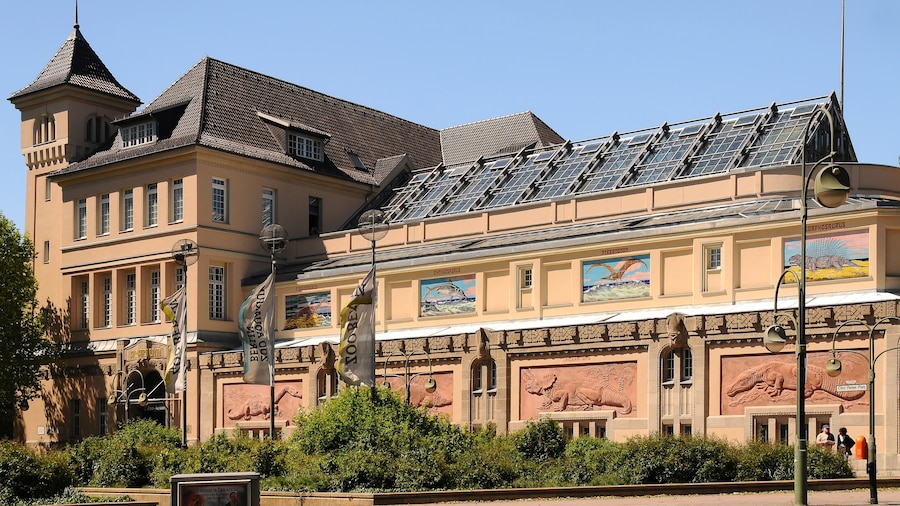
Berlin Aquarium
Sertakan dalam jadual perjalanan anda untuk melawat hidupan laut di Berlin Aquarium ketika kunjungan anda ke Berlin. Temui muzium yang mengagumkan dan kedai-kedai di kawasan meriah ini.
Hotel popular di Tiergarten

Diulas pada 16 Nov 2024

Diulas pada 30 Mac 2025

Diulas pada 18 Mac 2025

Diulas pada 29 Mac 2025

Diulas pada 27 Mac 2025

Diulas pada 30 Mac 2025
Kawasan sekitar lain di Tiergarten

Pusat Berlin Barat
Perimbangkan untuk meneroka muzium yang menarik di Pusat Berlin Barat. Jika anda ingin melawat tempat-tempat, Kurfürstendamm merupakan tarikan utama. Naiki metro di Uhlandstrasse U-Bahn atau Savignyplatz S-Bahn untuk melihat kawasan ini dengan lebih luas.

Mitte
Terkenal untuk muzium yang mengagumkan dan kedai yang popular, terdapat pelbagai tarikan untuk diterokai di Mitte. Saksikan tarikan popular seperti Alexanderplatz dan Brandenburg Gate (Gerbang) dan naiki metro di Unter den Linden Station atau S+U Friedrichstraße Tram Stop untuk menjelajah bandar dengan lebih jauh.
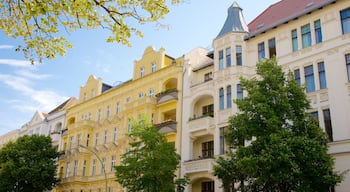
Schöneberg
Pengembara menyukai Schöneberg untuk kedai yang popular, dan anda boleh melihat Berlin dengan lebih jauh dengan menariki metro di Eisenacher Street U-Bahn atau Kleistpark U-Bahn. Anda mungkin ingin meluangkan masa melihat tarikan popular seperti Dewan Bandar Raya Schoneberg dan Schoneberg Gasometer.

Moabit
Pengembara memilih Moabit untuk bar yang meriah. Naiki metro di Birkenstrasse U-Bahn atau Turmstrasse U-Bahn dan lihat tarikan popular seperti Muzium Kereta Meilenwerk.

Wilmersdorf
Luangkan masa melawat tempat seperti Kurfürstendamm ketika menerokai Wilmersdorf dan pastikan anda melihat pelbagai pilihan tempat makan. Anda boleh menaiki metro di Hohenzollernplatz U-Bahn atau Guntzelstrasse U-Bahn untuk melihat kawasan ini dengan lebih luas.
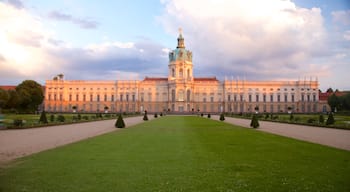
Charlottenburg
Pengembara menyukai Charlottenburg untuk hiburan malam yang menakjubkan, dan anda boleh melihat Berlin dengan lebih jauh dengan menariki metro di Richard Wagner Place U-Bahn atau Bismarckstrasse U-Bahn. Anda mungkin ingin meluangkan masa melihat tarikan popular seperti Kurfürstendamm dan Zoo Berlin.